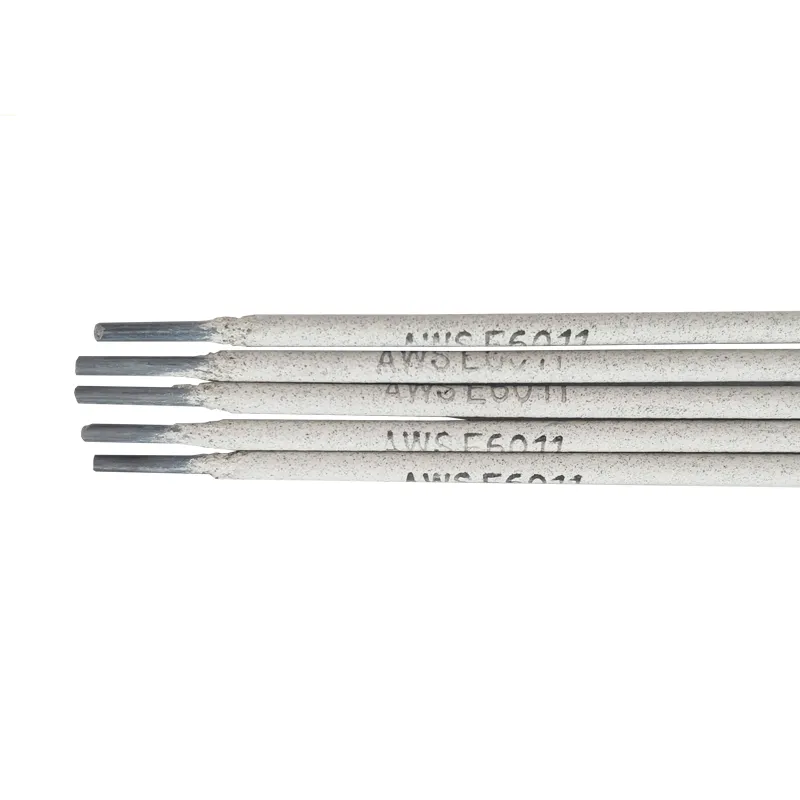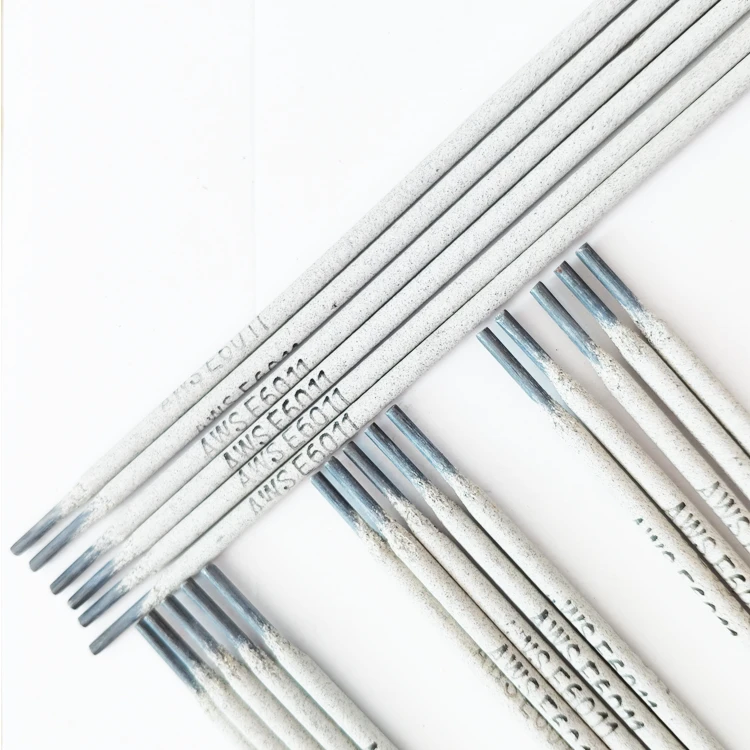GMAW Electrode Wire Types High-Quality & Durable Options
مه . 15, 2025 06:13
- Overview of Electrode Wire Types in GMAW and Submerged Arc Welding
- Technical Advantages of Modern GMAW Wire Solutions
- Manufacturer Comparison: Performance Metrics and Cost Analysis
- Customized Wire Solutions for Industry-Specific Needs
- Feeding Mechanisms in GMAW: Equipment and Best Practices
- Electrode Selection in Submerged Arc Welding: Materials and Applications
- Optimizing Welding Outcomes with Proper Wire and Electrode Choices

(what type of electrode wire is used with gmaw)
Understanding What Type of Electrode Wire Is Used with GMAW
Gas Metal Arc Welding (GMAW) primarily utilizes solid or metal-cored electrode wires. Solid wires, such as ER70S-6, dominate 68% of industrial applications due to their consistent arc stability and compatibility with carbon steel. Metal-cored wires, offering 15-20% higher deposition rates, are preferred for heavy fabrication. The selection depends on base material thickness (e.g., 0.8mm wires for automotive panels vs. 1.2mm for structural steel) and shielding gas mixtures (75% Ar/25% CO₂ for most cases).
Technical Superiority in Wire Composition
Advanced GMAW wires now incorporate rare-earth elements like lanthanum oxide, reducing spatter by 40% compared to conventional AWS A5.18-compliant wires. Dual-shielded flux-cored variants achieve 98% efficiency in outdoor welding, outperforming traditional solid wires in windy conditions. Leading manufacturers achieve tensile strengths up to 620 MPa while maintaining 22-25% elongation rates.
| Brand | Wire Type | Deposition Rate (kg/hr) | Spatter Reduction | Price per kg (USD) |
|---|---|---|---|---|
| Lincoln Electric | SuperArc L-56 | 5.2 | 35% | 4.80 |
| ESAB | OK Aristorod 12.51 | 6.1 | 42% | 5.25 |
| Hobart Brothers | FabCO Excel-Arc 71 | 4.9 | 38% | 4.55 |
Customized Welding Solutions
Specialized applications require tailored wire formulations. For offshore rig construction, copper-coated wires with 0.04% nickel content prevent saltwater corrosion. The automotive sector uses micro-alloyed wires containing 0.6-0.8% manganese for high-strength chassis welding. Recent innovations include 1.0mm diameter wires with variable penetration profiles, enabling single-pass welding on 8-12mm plates.
Feeding Systems in GMAW Operations
The wire feed mechanism directly impacts weld quality. Push-pull systems maintain ±2% speed accuracy over 15m cables, essential for aluminum welding. Industrial feeders now incorporate real-time diameter compensation, automatically adjusting feed rates when switching between 0.8mm and 1.2mm wires. Proper liner maintenance reduces wire jamming incidents by 75%, critical for continuous production lines.
Electrode Selection in Submerged Arc Welding
Submerged Arc Welding (SAW) employs flux-coated electrodes ranging from 2.4mm to 6.4mm diameters. Mn-Mo alloyed wires (AWS A5.17) account for 60% of pressure vessel manufacturing, providing 580-620 MPa yield strength. Agglomerated fluxes with 15-18% calcium fluoride content enable X-ray quality welds on pipeline projects. Recent developments include Cr-Ni-Mo wires for corrosion-resistant cladding applications.
Strategic Implementation for Optimal Results
Choosing what type of electrode wire is used with GMAW requires analyzing joint configurations and production targets. For high-mix environments, 1.0mm metal-cored wires reduce changeover time by 30% compared to traditional solid wires. Proper pairing of ER70S-3 wires with activated fluxes in SAW increases travel speeds by 22%, as demonstrated in wind tower fabrication projects. Regular wire chemistry audits prevent costly rework, maintaining weld integrity across operational cycles.

(what type of electrode wire is used with gmaw)
FAQS on what type of electrode wire is used with gmaw
Q: What type of electrode wire is used with GMAW?
A: Solid or metal-cored electrode wires are commonly used in Gas Metal Arc Welding (GMAW). These wires are fed continuously from a spool and require shielding gas for protection.
Q: What type of electrode is used in submerged arc welding?
A: Submerged Arc Welding (SAW) uses a consumable solid or flux-cored bare electrode wire. The process relies on granular flux to shield the weld zone instead of external gas.
Q: What is GMAW wire fed from?
A: GMAW wire is fed from a spool through a welding gun using a motorized wire feeder. This ensures consistent wire delivery during the welding process.
Q: Can aluminum electrode wire be used in GMAW?
A: Yes, aluminum electrode wires are compatible with GMAW for welding aluminum alloys. They require specialized feeders and shielding gases like argon.
Q: How does GMAW electrode wire differ from SMAW electrodes?
A: GMAW uses continuously fed spooled wire, while Shielded Metal Arc Welding (SMAW) uses flux-coated consumable stick electrodes. GMAW requires external shielding gas.
Related Video




























